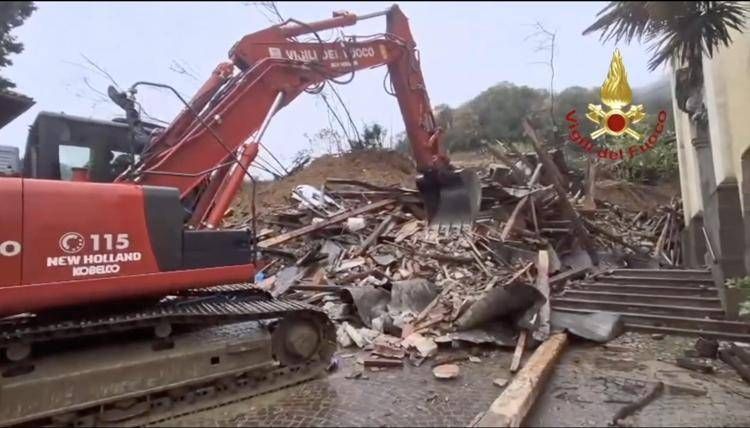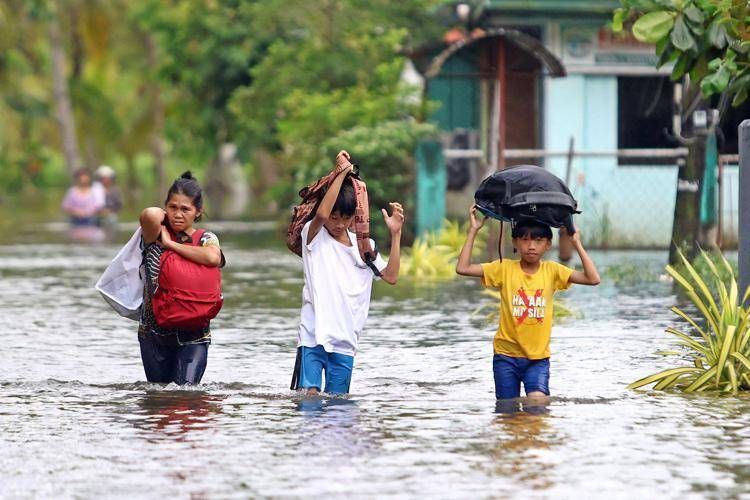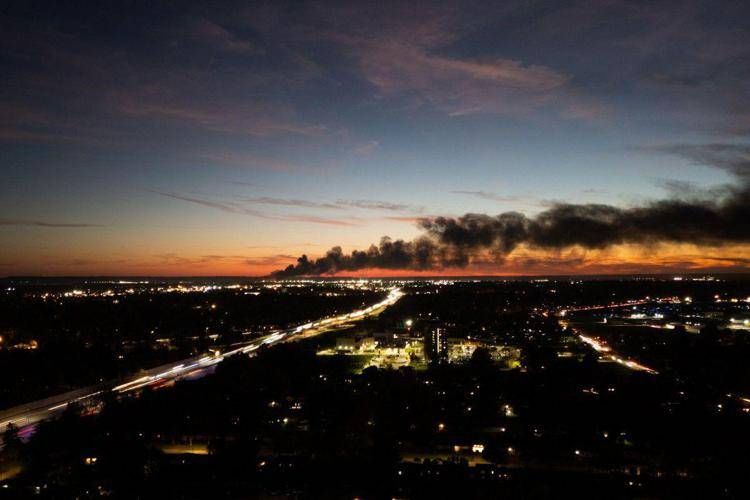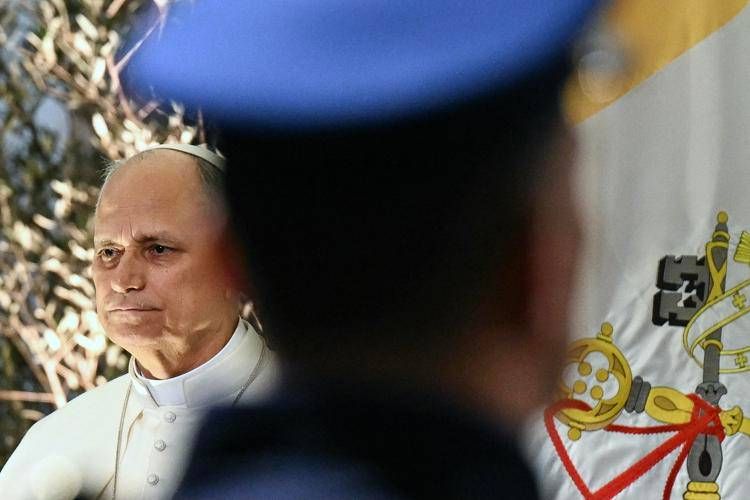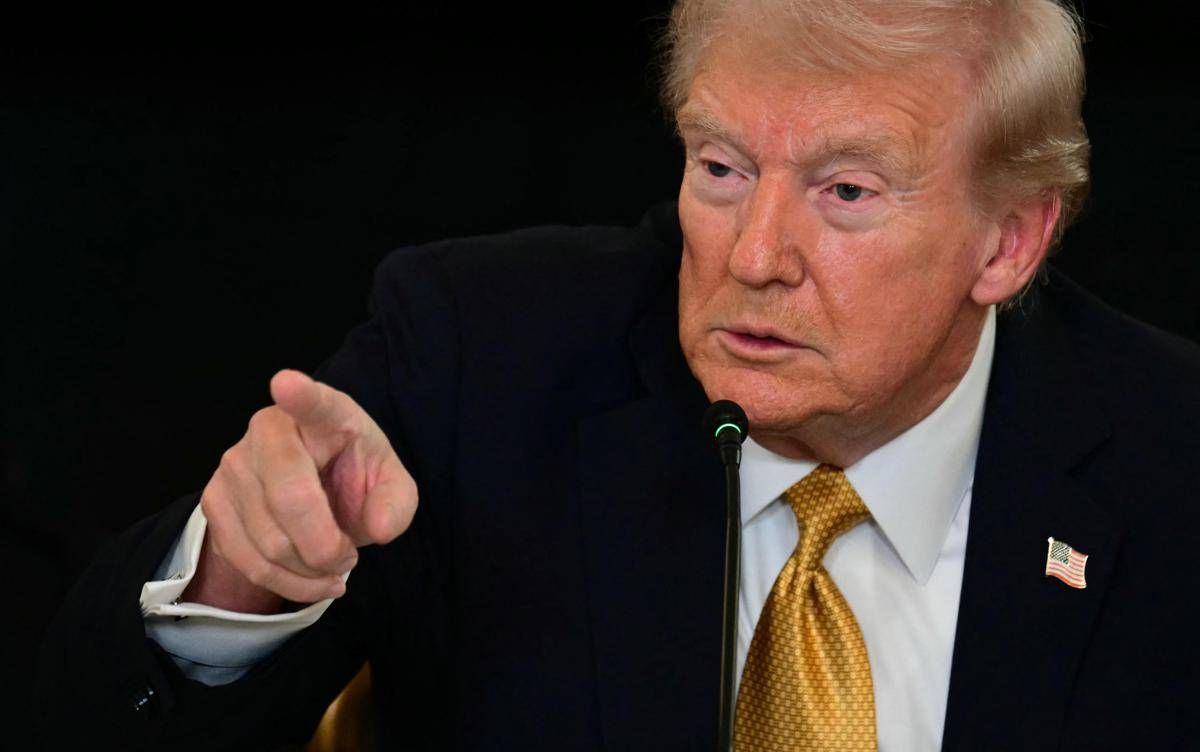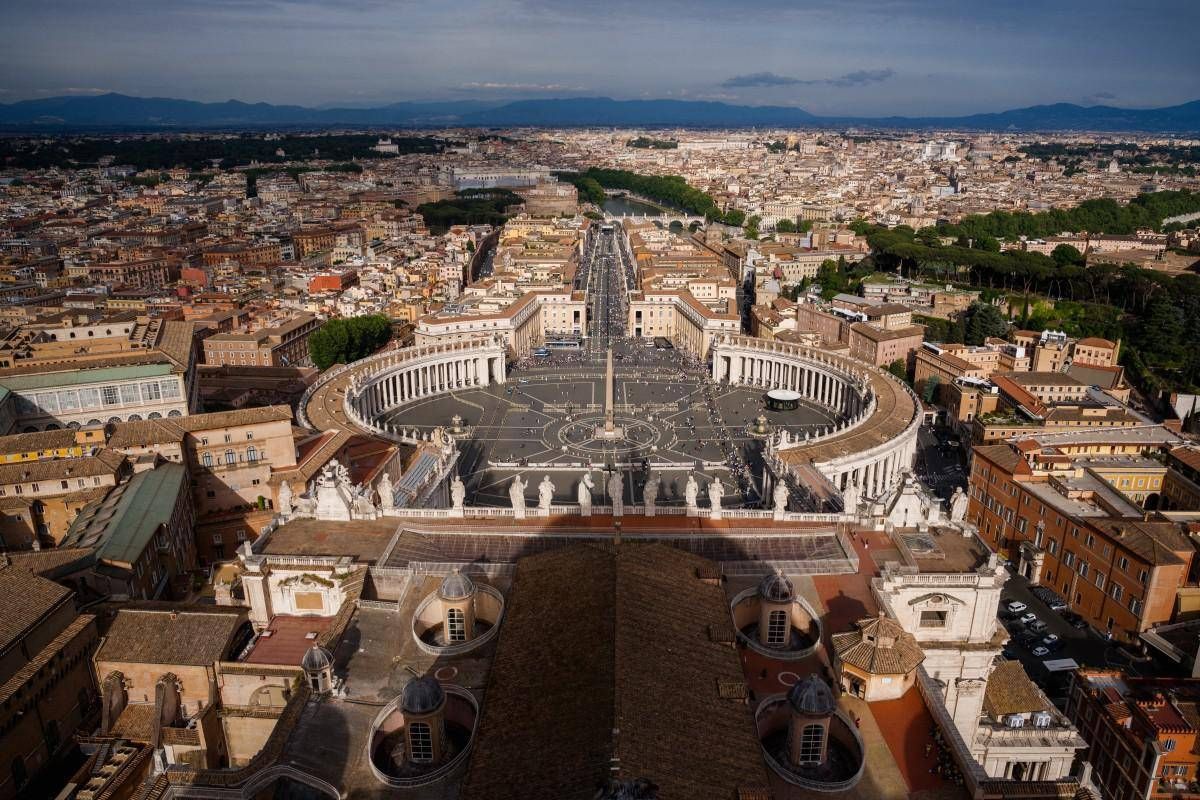
Conclave 2025: Cardinals heading for the Sistine Chapel, age and strategy in choosing the Pope
The election of the new Pontiff is approaching: Wednesday’s entrance into the Sistine Chapel. Spotlight on young and transitional candidates, between diplomacy, reforms and geopolitical hold
In Rome, we enter the decisive week for the Conclave 2025. After the death of Pope Francis, the College of Cardinals is preparing to choose the 267th Pontiff of the Catholic Church. Today, Monday 5 May, the cardinals are expected to hold two new general congregations, with a further one in the morning tomorrow. The entrance into the Sistine Chapel is scheduled for Wednesday afternoon.
On Saturday, some cardinals made it known that the climate is still oriented towards reflection and prayer, with the aim of reaching a shared decision in the following days. The timing, therefore, could mature between Thursday and Friday, when the new successor to Francis could emerge.
Meanwhile, yesterday, many cardinal titulars of Roman churches presided over the Sunday liturgies. Among them also the Archbishop of New York, Timothy Dolan, who at the end of the Mass at Our Lady of Guadalupe was asked about the viral image of President Donald Trump dressed as the Pope: ‘As you Italians say, it was a bad figure,’ he commented smiling.
The age knot: long pontificate or transitional leadership?
In the discernment of the cardinal electors, a crucial element will be the age of the future pontiff. The choice will not only be a spiritual one, but also a strategic one. After the resignation of Benedict XVI, the idea of a fixed-term pontificate is no longer taboo. Consequently, the question arises as to whether it would be more appropriate to focus on a young figure, capable of guaranteeing continuity for decades, or on an older profile, for a temporary guide to accompany the Church towards further reforms.
The ‘long-term’ papabili
Among the younger candidates indicated for a stable and lasting pontificate, some names stand out:
Pierbattista Pizzaballa (60), Latin Patriarch of Jerusalem, is seen as a figure of balance in a scenario laden with symbolism. His experience in the Holy Land would make him a natural bridge between diplomacy, sobriety and reconciliation.
Luis Antonio Tagle (67), a central figure in the Asian Church, continues to enjoy great authority despite a less visible role in the Curia. His election would open up a pontificate with a global outlook, with an eye on the growth of Catholicism in Asia.
Mauro Gambetti (59), archpriest of St. Peter’s Basilica, is seen as a profile of pastoral continuity. He would not bring revolutions, but would discreetly accompany the path traced out by Pope Francis.
Jean-Marc Aveline (66), Archbishop of Marseilles, is an authoritative voice in interreligious dialogue, particularly with Islam. His appointment would be a strong signal towards an open Church in dialogue with the European multicultural reality.
Matteo Zuppi (69), president of the CEI and archbishop of Bologna, could embody a modern papacy but rooted in Italian tradition. Esteemed for his diplomatic skills and sensitive to social issues, he played a leading role in the Vatican mission for peace in Ukraine.
The ‘transition’ hypothesis
Some cardinals might instead push for a profile of greater seniority, aimed at leading the Church into a phase of consolidation.
Péter Erdő (72), archbishop of Budapest, is one of the most authoritative figures of the conservative wing. Appreciated by more traditional American circles, he would guarantee an authoritative but less lengthy pontificate, capable of restoring doctrinal centrality within the Church.
Spiritual choice or political vision?
The dilemma is not only anagrafic. The Conclave will have to decide whether to mark a turning point or keep the rudder firmly on the course traced by Francis. A young pope could guarantee a long-term vision, but exposes to the risk of a long divisive phase should critical issues emerge. In contrast, an elderly pope could foster internal dialogue and stability, but with a shorter time horizon.
The Conclave 2025 will not only be a liturgical and institutional appointment. It will be an epochal crossroads in which the cardinals will have to ask themselves not only about the profile of the next Pontiff, but also about the direction the Church intends to take in the face of the challenges of our time: from wars to the vocational crisis, from the reform of the Curia to the very future of the papacy.
THE LATEST NEWS
(Photo: © AndKronos)
-
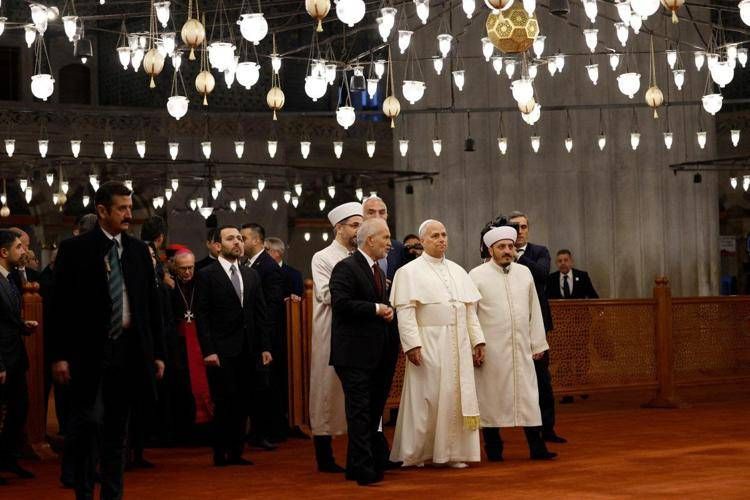
 International-News23 ore ago
International-News23 ore agoPope Leo XIV’s trip to Lebanon after his visit to Turkey
-
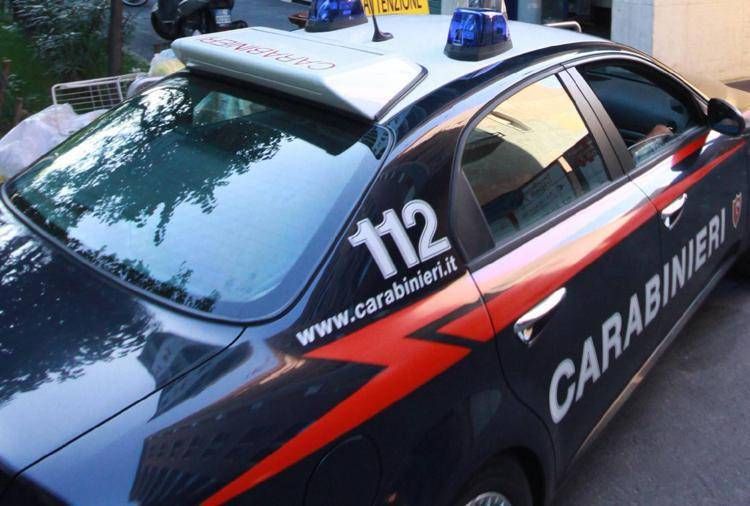
 News23 ore ago
News23 ore agoIndiano trovato cadavere a Pontinia: ferita alla testa mortale
-
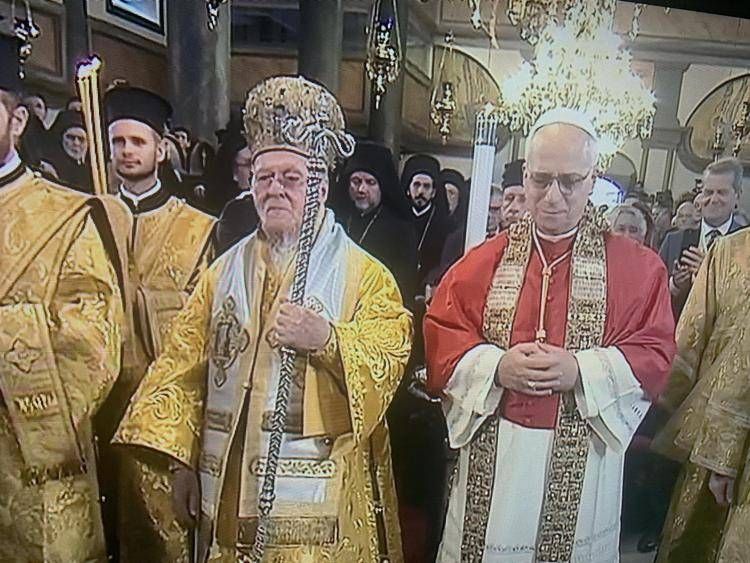
 Primo Piano24 ore ago
Primo Piano24 ore agoViaggio di Papa Leone XIV in Libano dopo la tappa in Turchia
-
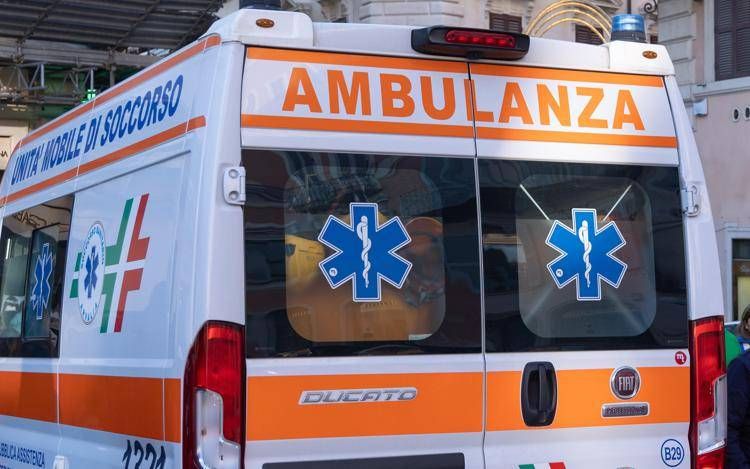
 Flash24 ore ago
Flash24 ore agoIncidente sulla Statale 106 Radd Jonica provoca due morti


